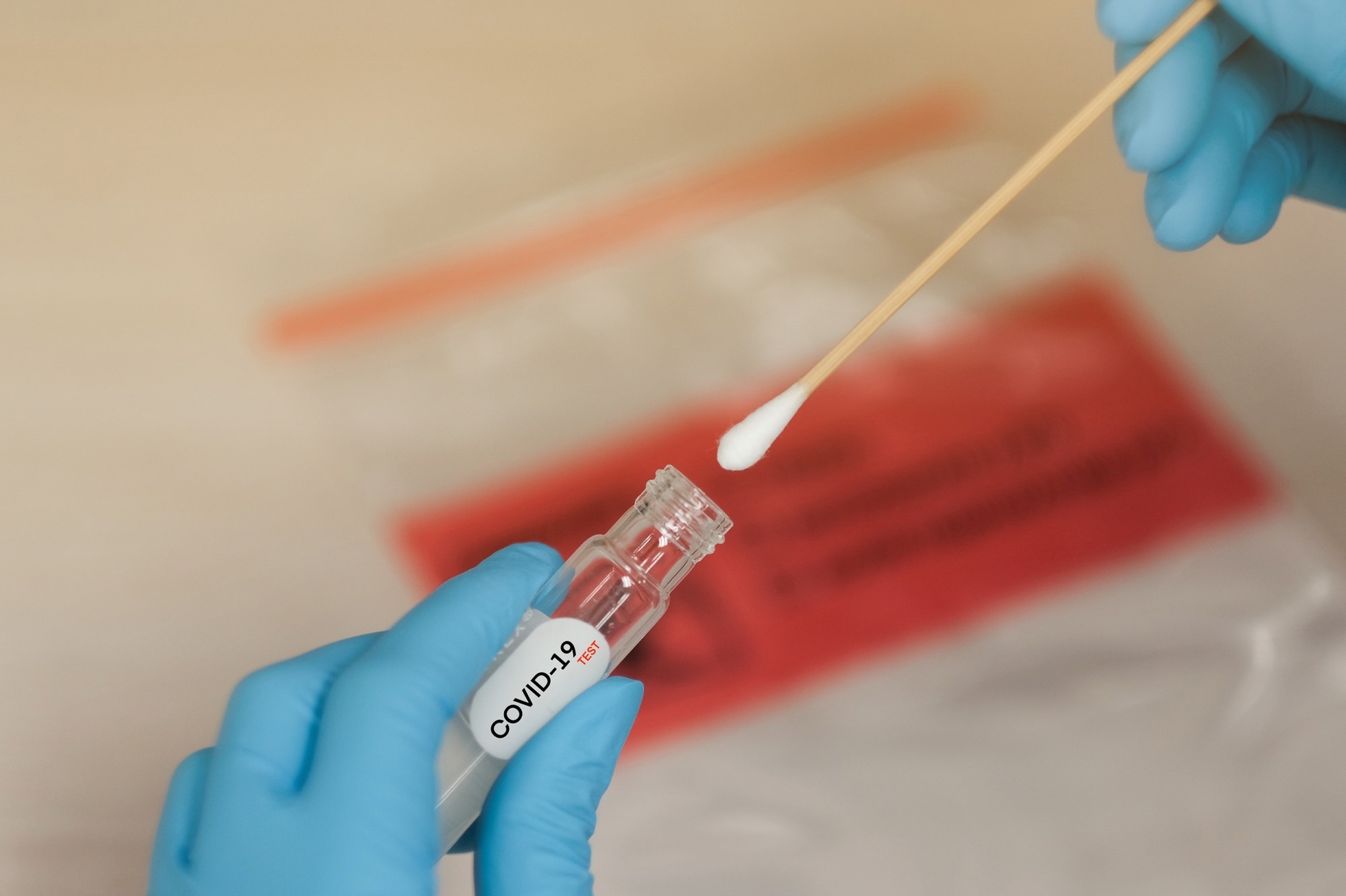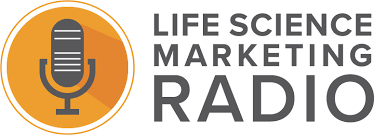The chances are that the majority of people have had to take a COVID-19 test at some point in the last few years. As a result, getting diagnostics to market may seem like a fairly straightforward process. The reality, however, is somewhat different.
This is because even if you can present a clinically proven test, there are no guarantees that someone is willing to pay for that test. Furthermore, there is no assessment standard for diagnostics that will guarantee any leads to reimbursement.

Image credit: Horth Rasur/Shutterstock.com
In this episode, Hannah Mamuszka, the CEO at Alva10, outlines the market dynamics that surround the development of new diagnostic tests and how she and her team are aiming to make it easier to get new ones developed.
Initially, when COVID-19 tests were being approved, the reimbursement was less than the production costs, which in part accounted for some of the delays in accessing them. Just because the FDA or CLIA approves a test does not mean it will be paid for.
In order to ensure payments are made for diagnostics, the American Medical Association needs to issue a code, which is, in effect, an alphanumeric set of numbers and letters that validate the test. Subsequently, an application must then be made for “coverage,” which determines who will pay for the test.
Yet, there is no fixed standard of how much evidence or what type of data should be presented along with the test to acquire coverage. It is almost like rolling a dice and hoping for the best, which means that it is a drawn-out process; it typically takes about seven years on average before diagnostic tests are paid for. The majority of companies cannot afford to wait seven years before they are paid.
Today, modern drugs are designed in a rational manner. Pathways and the intended targets are identified. However, much of this time and money can be easily wasted without the right diagnostics to determine whether a treatment can work.
Overall, the success rate for approved drugs is around 36 %. This means that not only is money potentially being wasted on prescribing ineffective therapies, but in the meantime, patient health may deteriorate, adding costs in the long term.
While there are those making great strides and innovations, there are still some serious obstacles to overcome. The next step entails knowing how diagnostics can effectively improve healthcare in general and discovering the path to make that happen.
Pharma companies often focus on market dynamics and generating money for shareholders. Incentives become misaligned when segmenting the population based on a diagnostic that can predict success and trading this off for market size over efficacy.
The leverage appears to lie with payors. While their primary goal is not necessarily saving money, they do have the opportunity, armed with both the correct economics and scientific insights, to steer coverage toward more effective treatments.
We take all of those clinical changes and we, we translate them all into numbers and then figure out how the payors are gonna see it, how much they’re gonna value it, and then we show it to them strictly from an economic perspective first.
And when we show them the economic perspective, the first thing they ask for is, “Oh, well, you know, we need to see the clinical evidence”, which we immediately give to them. But I can tell you from a lot of experience trying to go the other way and showing them clinical evidence and then wanting to talk about economics, I mean, I essentially got nowhere.
Hannah Mamuszka
The best approach to aligning incentives seems to be economics first science second.
When it comes to healthcare systems in other countries, a lot can be learned from the US FDA. While the US FDA predominantly focuses on drug approval based on safety, even if the benefits are limited to a small patient population, other nations prioritize identifying these specific patients prior to approving a drug.
However, the development of a diagnostic tool for this purpose might inadvertently lead to the exclusion of a larger patient cohort, thus posing economic challenges for the drug’s viability as a whole.
Often dubbed the 'dismal science,' economics tackles the intricate task of aligning incentives across all stakeholders within our healthcare system. Yet, this endeavor might prove even more daunting than the scientific journey of introducing novel diagnostics to the market.
About Life Science Marketing Radio
Life Science Marketing Radio is connecting life science professionals with the brightest minds and best thinking in the industry to grow their network and advance their careers.
Stay on top of new technologies around life science and embark on a journey to learn as much as possible on artificial intelligence, machine learning, and more.
Sponsored Content Policy: News-Medical.net publishes articles and related content that may be derived from sources where we have existing commercial relationships, provided such content adds value to the core editorial ethos of News-Medical.Net which is to educate and inform site visitors interested in medical research, science, medical devices and treatments.